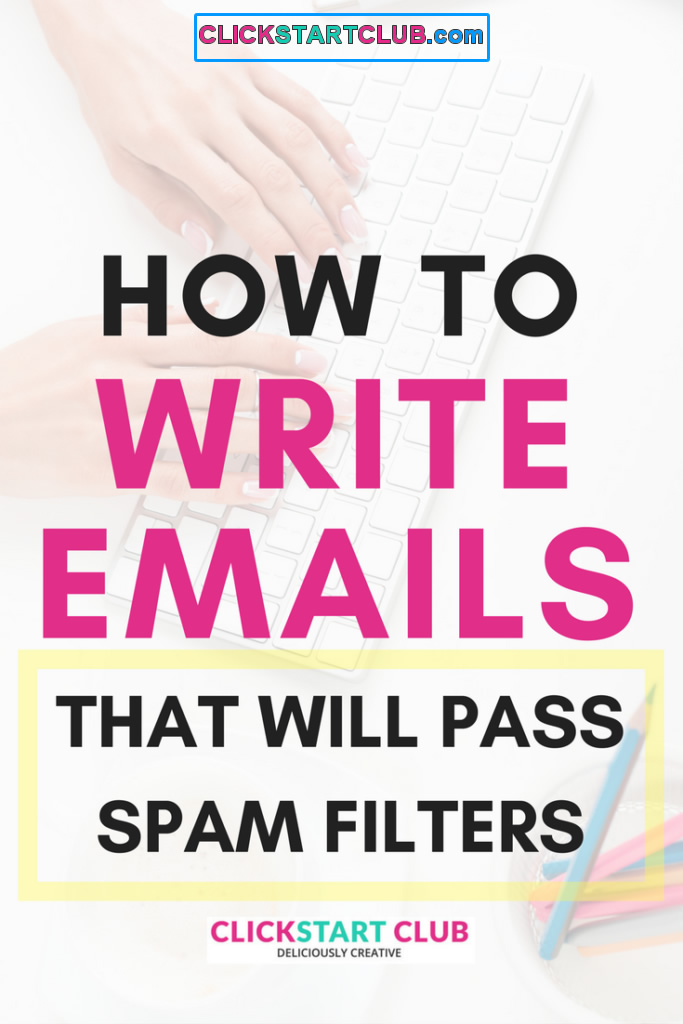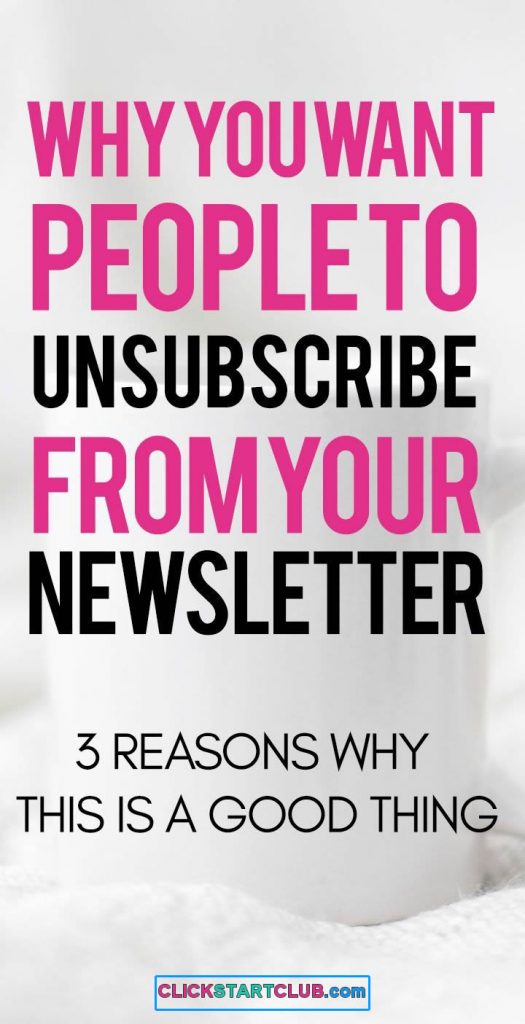Write Emails That Will Pass a Spam Filter
You’ve done everything right, when it comes to email marketing. You’ve set up a database of emails that observe all the anti-spam laws, you’ve picked an email marketing tool (we highly recommend ConvertKit) and you’ve designed an elegant, well-branded email, filled with useful content.
Everyone on your email distribution list will hear a tiny plink, like a fairy laughing, when your email hits their inbox and they will rush to open it and devour what you have to say.
Or not.
Even with opt-ins and established email distribution platforms in use, you can find your email hitting the junk folder of more than a few of your subscribers. In fact, a study by Return Path previously noted that “21% of legitimate commercial messages went missing or to spam.”
How can you ensure a maximum number of eyes get to see your email?
What are spam filters looking for?
Every email platform, from GMAIL to Microsoft’s Hotmail, has spam filtering capabilities. How each evaluates an email to determine whether it is spam or not varies. That said, most will look at the following:
- Whether you appear to know the receiver. If you’re using a generic way to address them, instead of personalizing the email by merging their name to it, that’s a red flag.
- If your domain is sketchy. In other words, emails sent from a Yahoo account are more likely to get flagged than ones sent from your own domain, such as [email protected].
- Your IP address makes a difference. If you’ve ever been flagged for spamming in the past, your IP address, from which you are sending your latest email, could be flagged again. Content counts. Some filters will flag an email for the content, including images. The quality of your subject line and content, any links contained in the email, whether images are included and the ratio of text to image all matter. To what degree and in what ways varies but a very ‘sales-y’ subject line that sounds eerily similar to something you would receive from a spammer might get flagged, even if it’s completely legitimate.
A spam filter will track the receiver’s actions including whether they open the email or not, how they file it, whether they forward it and so on, all in the aim of being accurate in the future.
How can you beat the spam filters?
Tips to create a good email to pass the spam filters:
- Skip the wild formatting like neon colors, using ALL CAPS or a dozen exclamation points.
- Skip the spammy phraseology. Even if you’re offering a “GET RICH QUICK” scheme that’s legit (ha), find another way to say it. This is important throughout the message but never more so than in the subject line.
- Keep a good balance of text to links and text to images on your email. Too many links or images is a flag.
- Do not forget to include an easy to find way to unsubscribe.
- Personalize the email with merge/tag functions that place the subscriber’s name in the right place.
- Use descriptive text as links, instead of a URL.
TIP: Spam often comes in the form of an offer on an image, with little to no text included in the email to go with it. Spammers tried this method because filters can’t read the content of the image. So an image on its own is in itself a flag.
Use a double opt-in system for signing up new subscribers:A double opt-in is one where the reader subscribes to your newsletter and then receives an email requiring them to confirm that they want to receive the emails by clicking on a link. This system ensures that your subscribers are humans and not bots.
The other advantage of the double opt-in is that whatever platform you use to build the form, it will likely collect certain data on the subscriber, including IP address, browser, and a date-time stamp. This protects you in the event that they ever flag your email as spam, when in fact there is proof that they opted-in.
Invite people and businesses you know to subscribe, instead of assuming, to minimize your risk of being flagged as spam.Just because someone does business with you doesn’t mean they want to receive your newsletter. Invite them to subscribe but don’t add them automatically.
NEVER add subscribers automatically.Same goes for the person who entered your contest by putting their business card in a box at the local trade fair. Even with a sign there saying that by entering the contest, they are signing up for the email newsletter, you are on thin ice.
It goes without saying that buying an email list is not a great way to build your subscriber base. It IS a good way to be flagged as a spammer, doing a lot of damage to your brand in the process. It’s unethical, and it’s freaking annoying.
Both Stacie and I highly recommend ConvertKit this makes email automation so much easier PLUS it has double opt in and all the features to help keep you legit!



